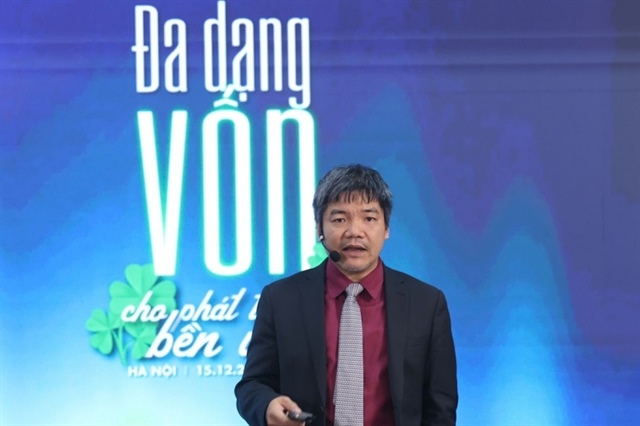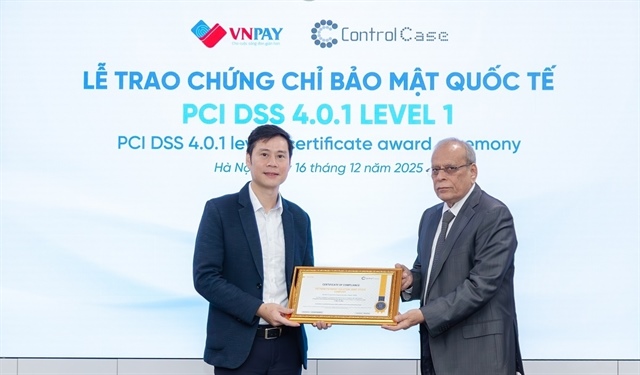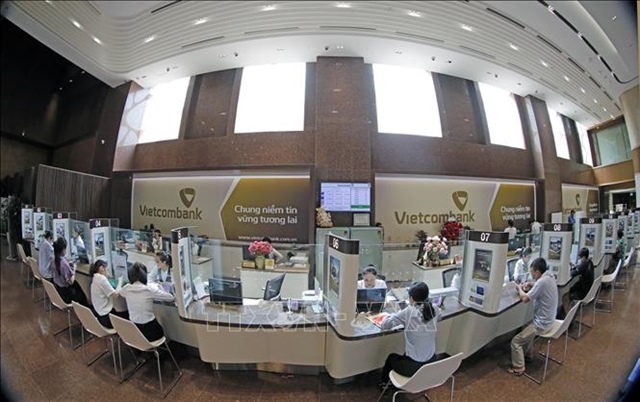Banks warned their flexible interest rate policy may lead to virtual capital
Banks warned their flexible interest rate policy may lead to virtual capital
Long term capital has been flocking to commercial banks which now offer high interest rates after the State Bank of Vietnam removed the ceiling interest rate on long term deposits. However, banks have been warned that the capital might turn into “virtual capital.”
Under the latest decision by the State Bank of Vietnam, since June 11, 2012, the 12 month and longer term deposit interest rates would be defined by commercial banks based on the market conditions.
A senior executive of Ernst & Young Vietnam, an auditing firm, said that the banking system has been thirsty for capital and “living from hand to mouth” for a long time. Therefore, the savings market in Vietnam has become deformed. Medium and long term capital has not been found, or it has been existing only on paper.
Therefore, the State Bank hopes that when lifting the cap on long term deposit interest rates, the interest rate performance would return to the normal track, i.e. that long term deposits would have higher interest rates, while short term lower.
According to Nguyen Thi Mai Huong, Deputy General Director of Ocean Bank, since early March 2012, when the State Bank has been continuously slashing the ceiling deposit interest rate from 14 percent to 9 percent, depositors tend to make long term deposits instead of short terms, simply because they can enjoy higher interest rates. There is also another reason behind this: people fear that the interest rates would drop further, once the government has shown its determination to make bank loans accessible to businesses.
In the past, the deposits at the bank were mostly short term ones. Meanwhile, six-month, nine-month and 12-month term deposits account for a bigger proportion in the deposit structure.
Banks raise interest rates to lure more capital
Right after the new decision was released, banks all have raised the interest rates for long term deposits. Ocean Bank, for example, now pays 10 percent per annum for 12 month term deposits, 10.2 percent for 13-24 month and 10.5 percent for 36 month term deposits.
“The capital flow has been growing stably. Most of the deposits are worth 10-500 million dong, and most of them are long term ones,” Huong said.
Meanwhile, other banks offer much higher interest rates. SeAbank, for example, offers the 12.8 percent interest rate at the highest, applied to those who deposit 2 billion dong and more for 24 months.
At HD Bank, depositors would enjoy the interest rate of 10 percent for less than 1 billion dong deposits. Meanwhile, if depositing more than 1 billion dong, they would receive 11 percent per annum. Especially, some banks offer the long term deposit interest rates which are even higher than short term lending interest rates.
Unhealthy competition anticipated
In an effort to attract more capital, some banks have been applying a flexible policy, allowing depositors to enjoy the high initially negotiated interest rates, even though they withdraw money before the scheduled time.
Dr Nguyen Tri Hieu, a banking expert, said some small banks need to retain clients and they need medium and long term capital, therefore, they have to push the interest rates up. However, Hieu said that in principle, when people withdraw money sooner than expected, they would only be able to get the low interest rates for demand deposits, or pay fines to the banks.
“If the State Bank floats the interest rates, the market would operate in accordance with the economic laws and the supply-demand basis,” Hieu said.
Meanwhile, president of a big joint stock bank said that by applying the policy, banks try to dodge the laws to pay high interest rates for short term deposits, because they do not impose fines on the deposits to be withdrawn before the maturation.
vietnamnet
























